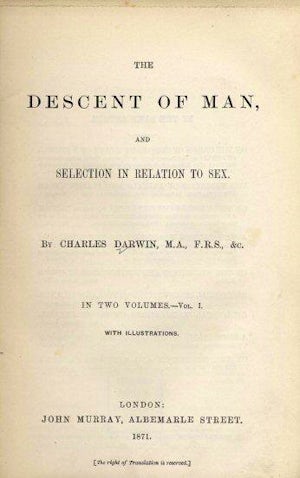
April 8, 1925. The Legislature of Minnesota passes "An act to provide for the sterilization of feeble-minded and insane persons." The purpose of the legislation was to allow for the legal sterilization of people living in state institution deemed to have undesirable traits. The legislation outlined when sterilizations could occur and how they were to be managed.
Provided that consent was given, individuals legally residing in state institutions for the mentally disabled, for at least six months, could be sterilized if the superintendent of the institution, a physician, and a selected psychologist approved of the operation. Two sterilization methods could be prescribed if an operation was approved: vasectomy for men and salpingectomy for females (Sess. Laws of the State of Minn., ch. 154, §1, 140).
In terms of consent, the legislation required that either the individual or their legal guardian provide written approval for the proposed operation (Sess. Laws of the State of Minn., ch. 154, §2, 140). Additionally, the legislation specified that any individuals participating in the sterilization could not be held either civilly or criminally liable. Records were to be kept of all operations (Sess. Laws of the State of Minn., ch. 154, §3-5, 141).
This legislation effectively remained active and unchanged for fifty years. During that time, there were 2,350 victims of sterilization (Kaelber, 2011). Minnesota also passed a marriage law in 1901, which restricted marriage between any woman under the age of 45 and any man that was likely to father children, if either partner was epileptic, imbecilic, feeble minded, or afflicted with insanity (Kaelber, 2011).
-Luke Kersten
Kaelber, L. (2011). Eugenics: Compulsory Sterilization in 50 American States. Retrieved from http://www.uvm.edu/~lkaelber/eugenics/MN/MN.html.
State of Minnesota. (1925). An Act to provide for the sterilization of feeble-minded and insane persons. Session Laws of the State of Minnesota.
 1869:
Galton publishes Hereditary Genius
1869:
Galton publishes Hereditary Genius
 1871:
Charles Darwin publishes The Descent of Man
1871:
Charles Darwin publishes The Descent of Man